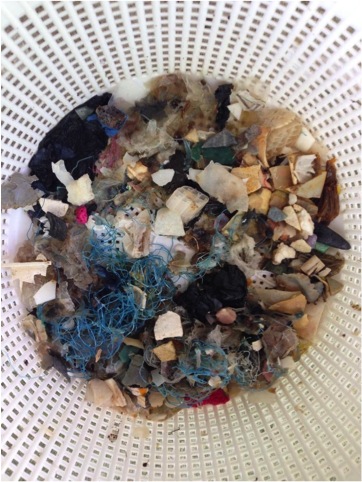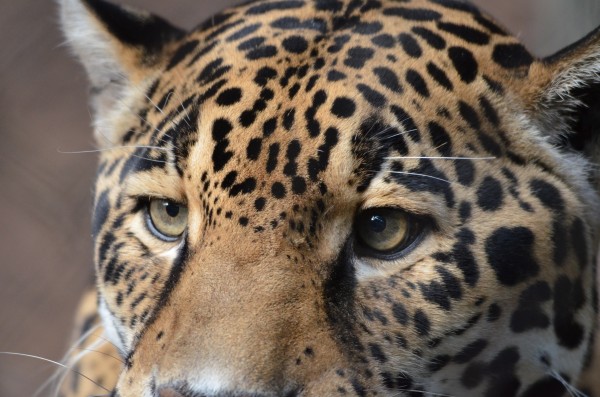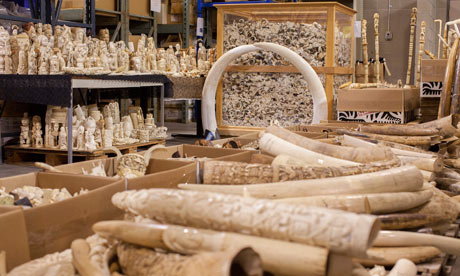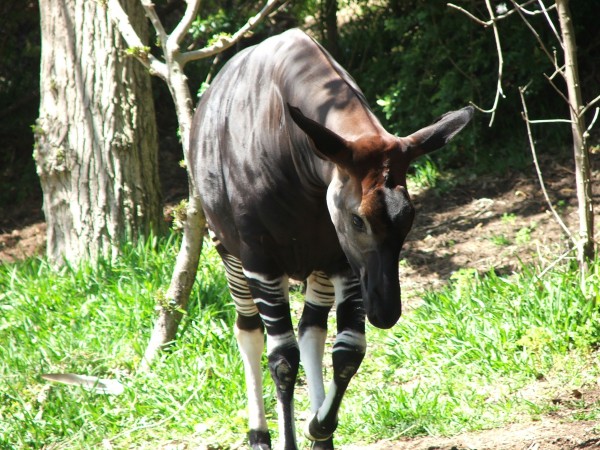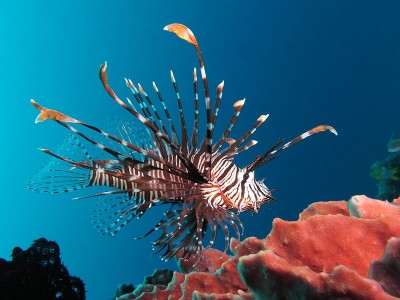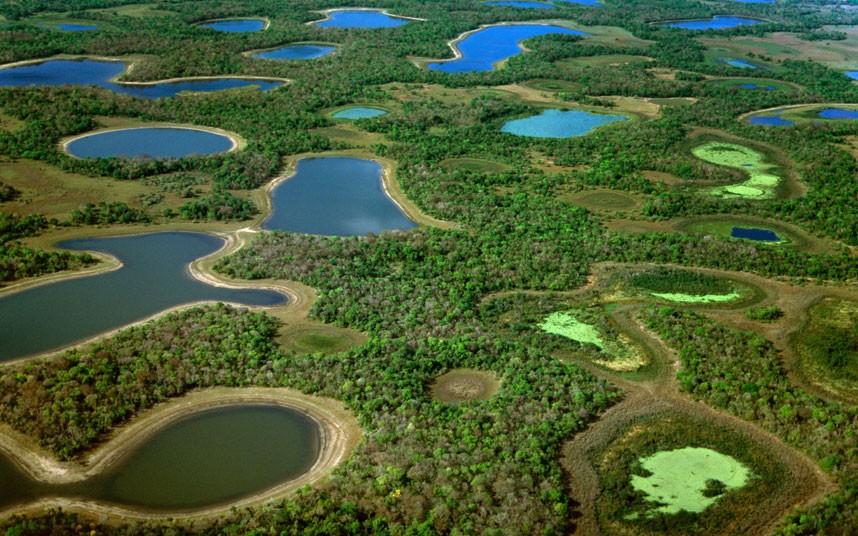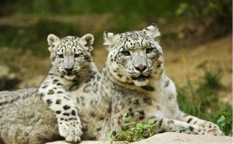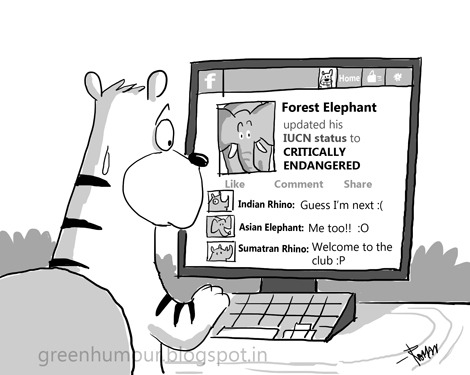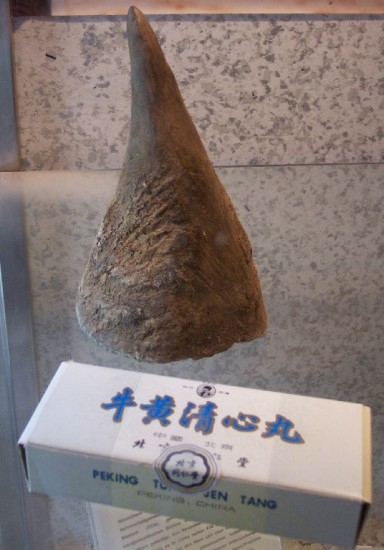April 22 marked Earth Day. For my part this year I decided to attend a local Earth Day celebration to share information regarding single-use plastic and it’s lasting effects on our environment and wildlife. As I set up my display entitled “Where Does Single-Use Plastic Go When We Are Finished?” I realized that our plastic addiction maybe impossible to give up. I cringed while a watched refreshments being served with plastic utensils. Coffee creamer was made available in single-use plastic containers. Absolutely none of these items were recycled. Craft projects made from recycled or reclaimed materials were transported home in …
Plastic Dependence Revisited
